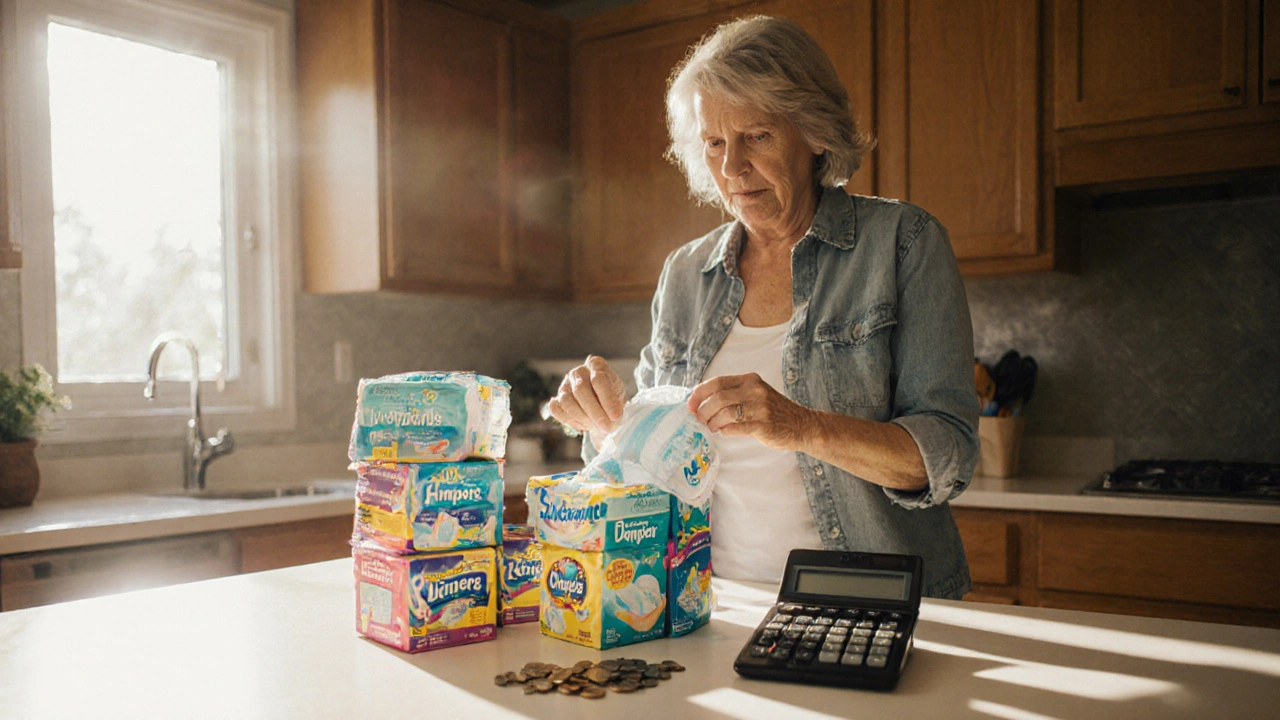Urinary Incontinence Costs: What It Really Takes to Manage the Condition
When you live with urinary incontinence, the involuntary loss of bladder control that affects millions of adults. Also known as bladder leakage, it's not just a medical issue—it's a financial one too. Most people don’t realize how much it adds up: diapers, special laundry detergent, mattress protectors, doctor visits, prescriptions, even new furniture. The average person spends over $1,000 a year just on supplies, and that’s before factoring in missed work or lost mobility.
It’s not just about buying adult diapers, disposable or reusable products designed to manage bladder leakage. The real cost comes from hidden expenses—like seeing multiple specialists, trying ineffective treatments, or skipping social events because you’re afraid of an accident. Some people pay hundreds for pelvic floor therapy that doesn’t work because they didn’t get the right diagnosis first. Others buy expensive medications like anticholinergics or beta-3 agonists, only to stop because of dry mouth or dizziness. And if you’re on Medicare or private insurance, you might be shocked to learn how little they cover.
Then there’s pelvic floor therapy, a non-drug approach that retrains the muscles controlling urination. It’s one of the most effective long-term solutions, yet most people never try it because they assume it’s too costly or time-consuming. In reality, a few sessions with a physical therapist can save you thousands over time by reducing or eliminating the need for pads and meds. But you need to know where to start—and that’s where most guides fail.
What most articles don’t tell you is that the cheapest option isn’t always the best. A $5 pack of generic pads might leak through, forcing you to buy more. A $150 prescription might cause brain fog. A $2,000 surgery might not fix the root problem. The key is matching your treatment to your body, your lifestyle, and your budget. And that’s exactly what the posts below cover: real comparisons of drugs like Hytrin and Zestoretic, practical tips on managing side effects, and honest takes on what actually works when you’re trying to live normally with incontinence.
You’ll find guides on how to cut costs without sacrificing quality, what insurance really covers, and which treatments are worth the investment. No fluff. No marketing. Just what you need to know to stop overspending and start feeling in control again.

Save Money on Incontinence Products: Cutting the Cost of Urinary Leakage
Learn how urinary incontinence costs add up and get practical tips to slash spending on pads, diapers, insurance claims, and reusable options.
September 28 2025